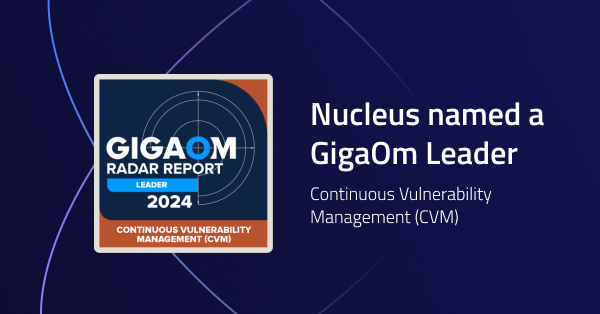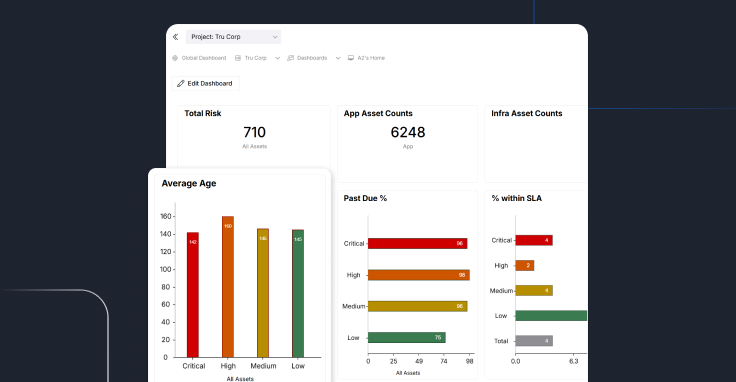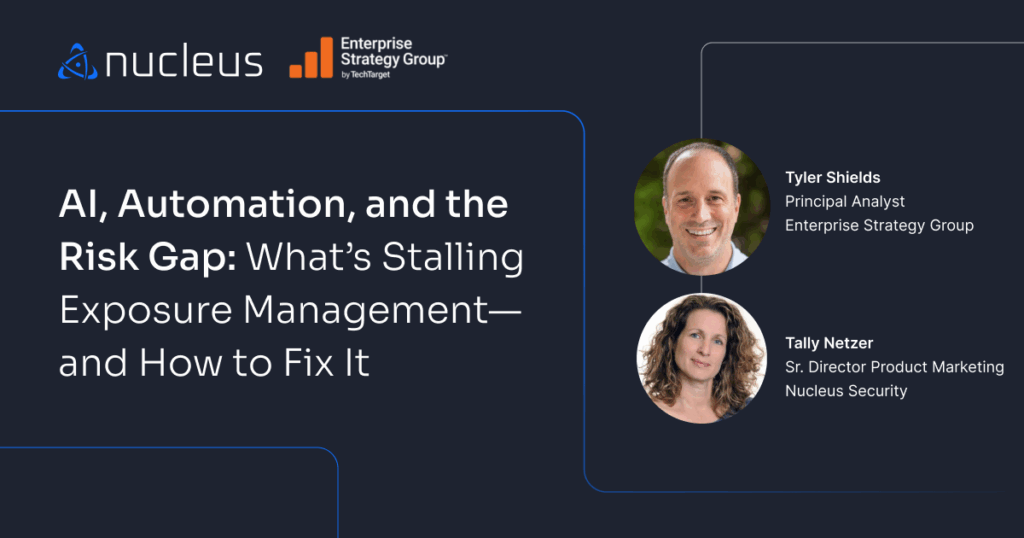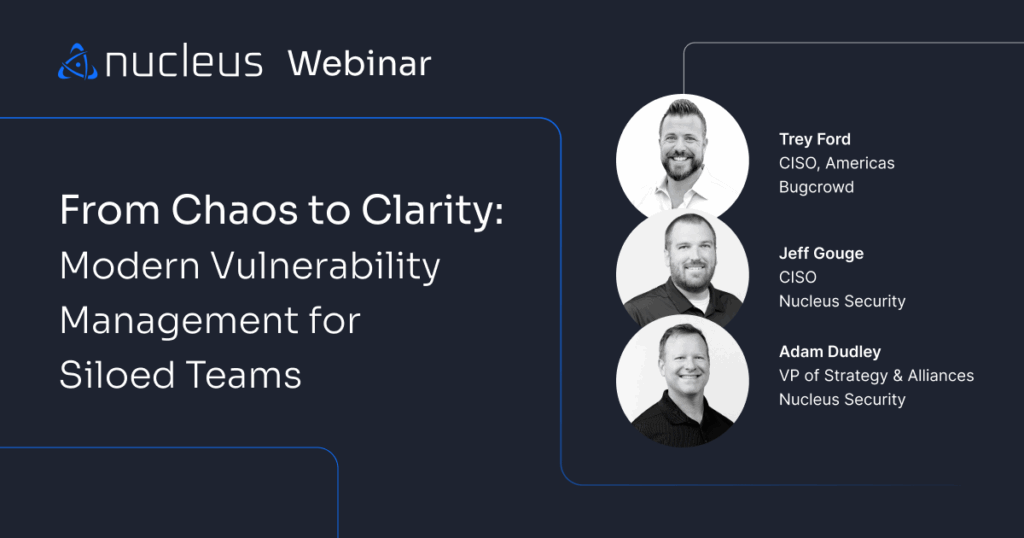You Can’t Automate What You Don’t Understand: Why Context Is the Missing Link in Exposure Management
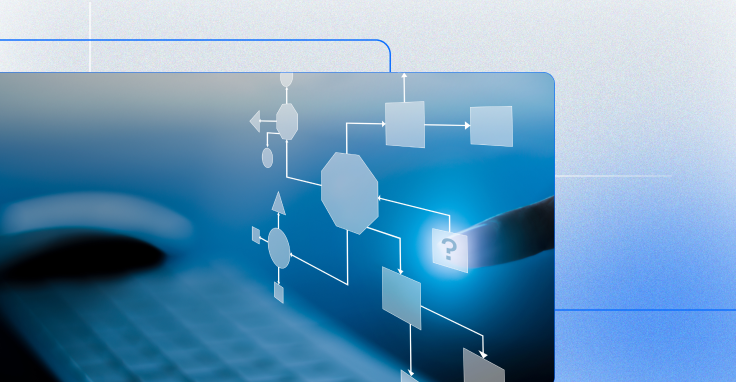
In our recent webinar featuring Enterprise Strategy Group Principal Analyst, Tyler Shields, we discussed the widening gap between vulnerabilities organizations know about and what they can realistically fix. Most teams are swamped. Too much data, too many tools, and not enough people.
Naturally, automation and AI come up as potential solutions. One comment from Tyler has stuck with me since watching and subsequently reviewing the webinar recording:
“The other thing that they want is fixing problems faster.”
Tyler Shields, Principal Analyst, Enterprise Strategy Group
That’s the real power behind automation. It gives teams drowning in backlogs a chance to break free and get ahead. However, without understanding what matters, automation just moves faster in the wrong direction. Automation without context risks adding noise, generating the wrong tickets, or prioritizing the wrong assets.
So, how do we separate the good from the bad and get automation working more effectively for us?
Where Automation Falls Short
In the Enterprise Strategy Group 2025 Threat Exposure Management report, nearly half (45%) of security leaders said they’re prioritizing automation as a key investment area. No surprise there. Vulnerabilities are showing up faster than teams can respond to them. Exposure moves faster than ever, and manual processes can’t keep up. Automation is the only way out.
But most organizations aren’t seeing the payoff they expect. Instead, they’re running into limitations that have little to do with the technology itself, and everything to do with data quality, visibility gaps, and internal silos.
Let’s be fair: this isn’t a tooling issue. It’s a context issue. According to the report:
- 65% of organizations use four or more tools to manage vulnerabilities
- 48% report a persistent risk gap between known threats and remediation
- Only 31% feel very confident in their prioritization methods
Too often, automation gets bolted onto a fragmented ecosystem. It’s the classic case of “garbage in/garbage out.” Without clean, normalized data and a shared understanding of asset criticality or ownership, teams end up automating tasks that don’t matter. Worse yet, they create more noise, making the situation even worse.
This is where AI in security can overpromise and underdeliver. Yes, it can help correlate data and identify patterns. But it still relies on accurate, contextual inputs. AI isn’t magic. It can’t intuit what matters most to your business if you haven’t defined it.
Business Context: The Foundation for Intelligent Automation
This is where context becomes the force multiplier. Vulnerabilities don’t exist in a vacuum. A high-severity CVE on a dev box isn’t the same as that same CVE on a production system running a critical application. One might be noise. The other could be an existential risk.
In Tyler’s words, “You’ve got to know what that vulnerability means in the context of the asset and the business function.”
At Nucleus, we see this play out every day. Our platform aggregates and normalizes data from dozens of tools. More importantly, we enrich that data with ownership, asset relationships, exposure pathways, and risk signals from threat intel feeds. That’s how customers move from “just scan everything” to “fix what matters.”
What Maturity Looks Like
Organizations that are closing the risk gap aren’t simply layering on more automation. They’re rethinking how they prioritize and orchestrate remediation. That includes:
- Aggregating and correlating data from multiple sources into a unified view
- Applying business logic and risk scoring to prioritize effectively
- Creating workflows that streamline remediation, not just generate alerts
- Ensuring ownership and accountability are built into the process
It’s not about replacing human decision-making. It’s about amplifying it with better inputs and less noise.
The pressure to automate is real. But the organizations that are succeeding are asking a different question. Rather than asking how much can we automate, they are focused on what should we automate, and why?
If you don’t understand your exposure in context, automation just accelerates chaos. If you do? That’s when it becomes a force for clarity, action, and real risk reduction.
Are you looking to build your exposure management maturity, start with the facts. Download your copy of the Enterprise Strategy Group report, The Evolution of Risk Reduction, to learn more.
See Nucleus in Action
Discover how unified, risk-based automation can transform your vulnerability management.




